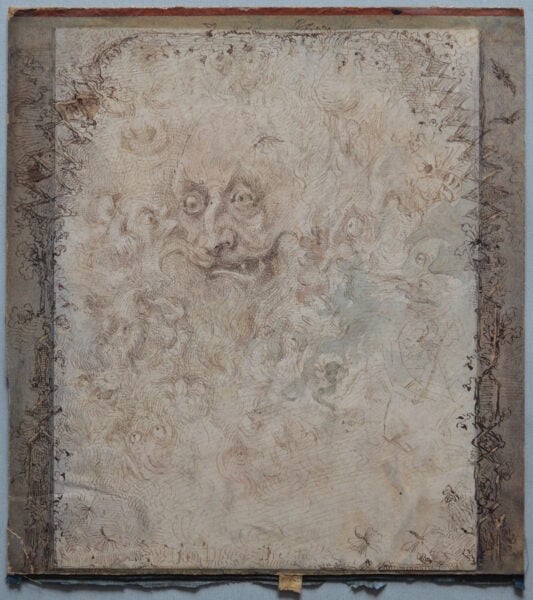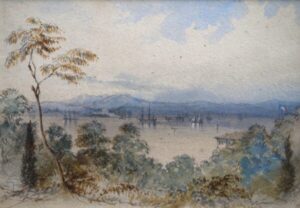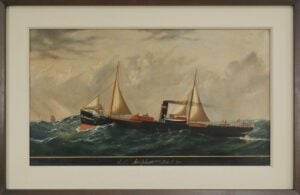Description
In 1858, Keeley Halswelle completed his extraordinary drawing, The Child’s Dream. This highly detailed masterpiece, which delves into the far reaches of a young child’s imagination, was created from fairy stories and children’s fables. It is not clear if The Dolls Dream is connected in any way to the The Child’s Dream but there are some similarities in both pictures. Many comparable drawings by Halswelle have sold at auction and his work has been represented in leading galleries, including The Leicester Gallery. Both stylistically and in its fanciful subject matter his work is like that of the cartoonist and fairy illustrator Richard Doyle (1824-1883).
When exhibited at the International Exhibition in 1862 a place of honour was given to ‘A Child’s Dream’.



